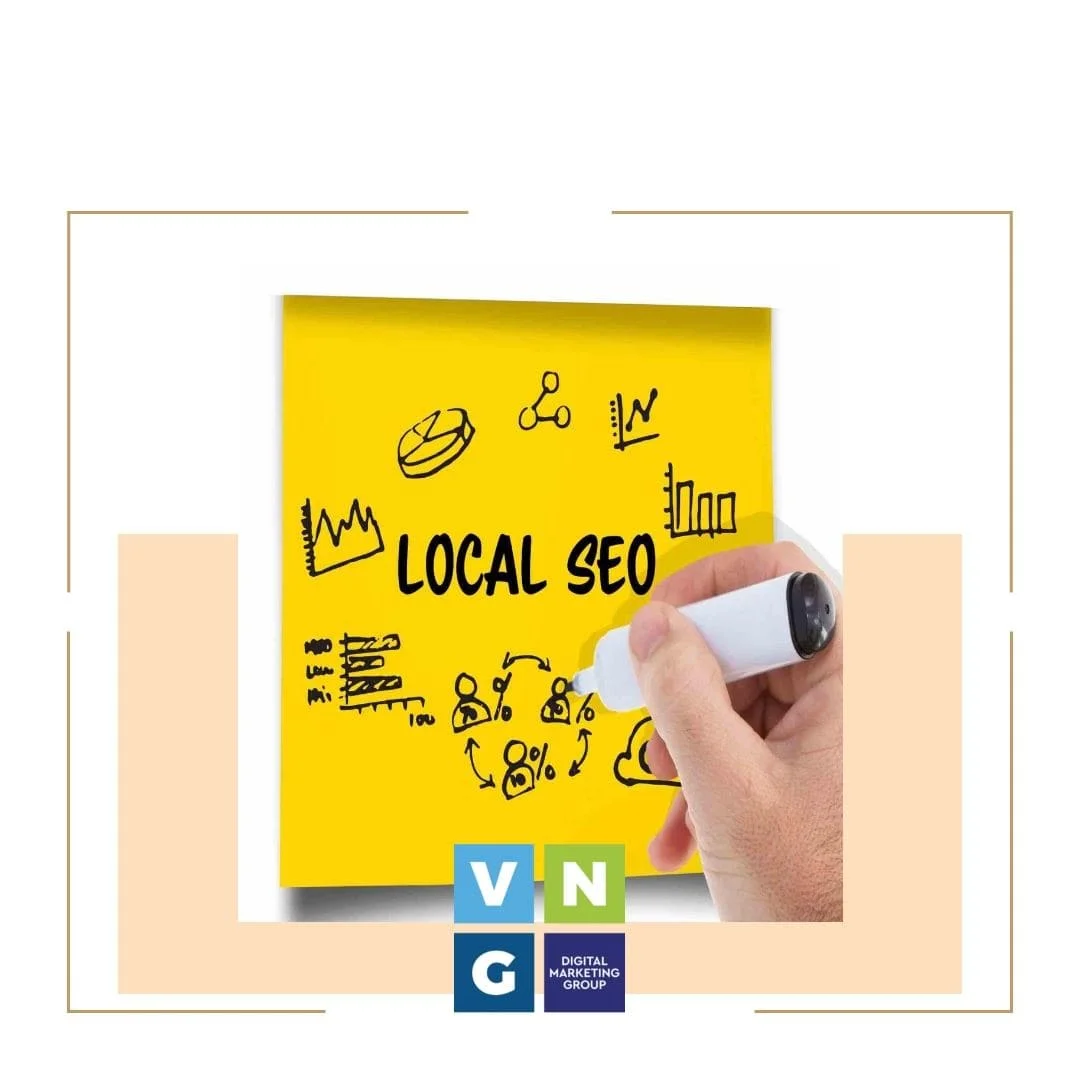Comprehensive campaigns tailored by an experienced digital marketing agency
Exactly How Effective Website Design Can Improve Your SEO Approach and Improve Customer Experience
The crossway of reliable web style and search engine optimization is an important area for any kind of company looking for to boost its online existence. An instinctive design not only raises user experience however likewise significantly influences SEO efficiency by reducing bounce prices and improving interaction metrics.
Value of Website Design for SEO
Reliable internet style is often undervalued in its effect on search engine optimization (SEO) These factors add to decrease bounce rates and higher user engagement, which are essential metrics for SEO success. local seo agency.
In addition, website design aspects such as clean code, enhanced photos, and appropriate use of HTML tags considerably influence a site's crawlability. Search engines rely upon organized information to understand internet site content and context, making it important for internet developers to carry out finest methods. Additionally, the integration of SEO approaches within the style stage, such as including keyword phrases in titles, meta descriptions, and alt text for images, can boost exposure in search results page.
Eventually, focusing on efficient internet design not only guarantees a smooth customer experience yet likewise develops a strong structure for SEO initiatives, bring about raised natural web traffic and improved positions. Hence, services should identify the inherent link in between web design and search engine optimization to achieve on the internet success.
Key Design Components for Customer Experience
User experience (UX) works as a keystone for effective internet style, influencing just how site visitors communicate with a site and perceive its value. To optimize UX, several vital style aspects need to be prioritized.
First of all, intuitive navigation is crucial; a well-structured food selection and clear paths enable users to find details rapidly, reducing aggravation. Aesthetic hierarchy plays a critical role, guiding individuals' interest to vital components through dimension, positioning, and color. This helps with quicker decision-making and boosts overall involvement.
Furthermore, a constant layout style improves knowledge and trust fund, as users really feel extra comfortable browsing a website that aesthetically straightens throughout its pages. Reliable use white room also can not be ignored; it protects against clutter, enabling essential web content to stick out and making the website a lot more digestible.
In addition, high-quality images and graphics are crucial, as they not just record focus however additionally share professionalism and reliability. Last but not least, rapid load times are non-negotiable; delays can result in greater bounce rates and lessened individual satisfaction. By concentrating on these key style aspects, services can dramatically boost their customer experience, cultivating positive communications that urge return check outs and conversions.
Mobile Responsiveness and Search Engine Optimization Effect
As internet style significantly prioritizes customer experience, the importance of mobile responsiveness can not be overemphasized. With a considerable part of web traffic stemming from smart phones, a responsive style makes sure that websites are useful and obtainable across numerous display sizes. This versatility not only enhances individual satisfaction however also plays a crucial role in seo (SEO)

Including mobile responsiveness into internet style also fosters enhanced filling times, which is an essential variable in both user experience and SEO rankings. Slow-loading pages prevent customers, bring about greater abandonment prices and negatively impacting search presence. Eventually, focusing on mobile responsiveness not only improves user engagement but additionally enhances a web site's search engine optimization method, producing a much more affordable online existence.
Site Framework and Navigating Best Practices
A well-organized website framework and user-friendly navigation are crucial elements of successful internet design. They not only boost individual experience yet also play a critical function in search engine optimization (SEO) A clear pecking order allows users and online search engine to recognize the relationships in between different web pages, enhancing the overall functionality of the site.
Use keyword-rich and detailed Links, as they give context and boost search exposure. This lowers bounce prices and keeps users involved.

Determining the Success of Internet Style
Gauging the success of web design includes evaluating various metrics that show user involvement and total website performance. Secret performance indicators (KPIs) such additional info as bounce rate, typical session duration, and web pages per session provide insight into just how customers connect with the site. A high bounce rate may show that customers are not discovering the content interesting or relevant, motivating a demand for style or material revisions.
Additionally, conversion rates are important for assessing the efficiency of internet layout. A rise in conversions, whether via kind entries, product acquisitions, or newsletter sign-ups, usually associates with intuitive style and user-centered functionalities. Devices like Google Analytics can offer in-depth reports on these metrics, enabling developers to recognize patterns and areas for enhancement.
User feedback is one more important part. Using surveys and usability testing can introduce qualitative understandings into customer experiences, directing style changes that foster fulfillment. Eventually, a combination of quantitative information and qualitative responses establishes an extensive photo of website design success, guaranteeing that it lines up with both search engine optimization goals and customer assumptions. By consistently determining these factors, businesses can improve their website design techniques to enhance customer experience and drive significant involvement.
Conclusion

As web design progressively focuses on user experience, the significance of mobile responsiveness can not be overemphasized.Including mobile responsiveness into web design likewise promotes improved packing times, which is a key variable in both customer experience and SEO rankings. Ultimately, a mix of measurable data and qualitative responses develops a comprehensive photo of web style success, ensuring that it lines up with both SEO goals and individual expectations. find By consistently determining these factors, services can fine-tune their web layout methods to maximize customer experience and drive meaningful involvement.
In final thought, efficient web design substantially improves Search engine optimization strategies and customer experience.